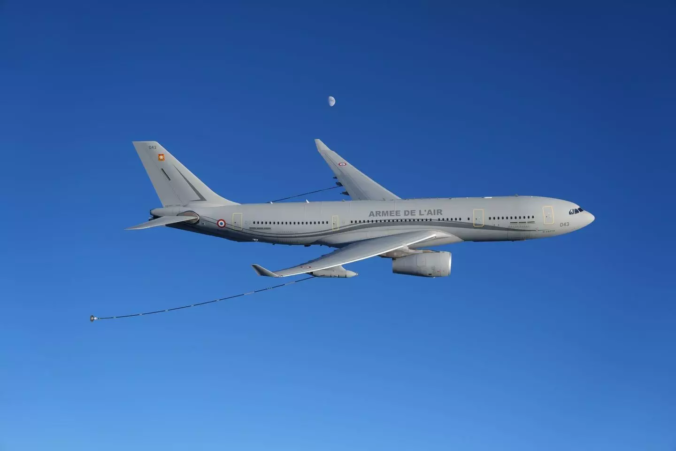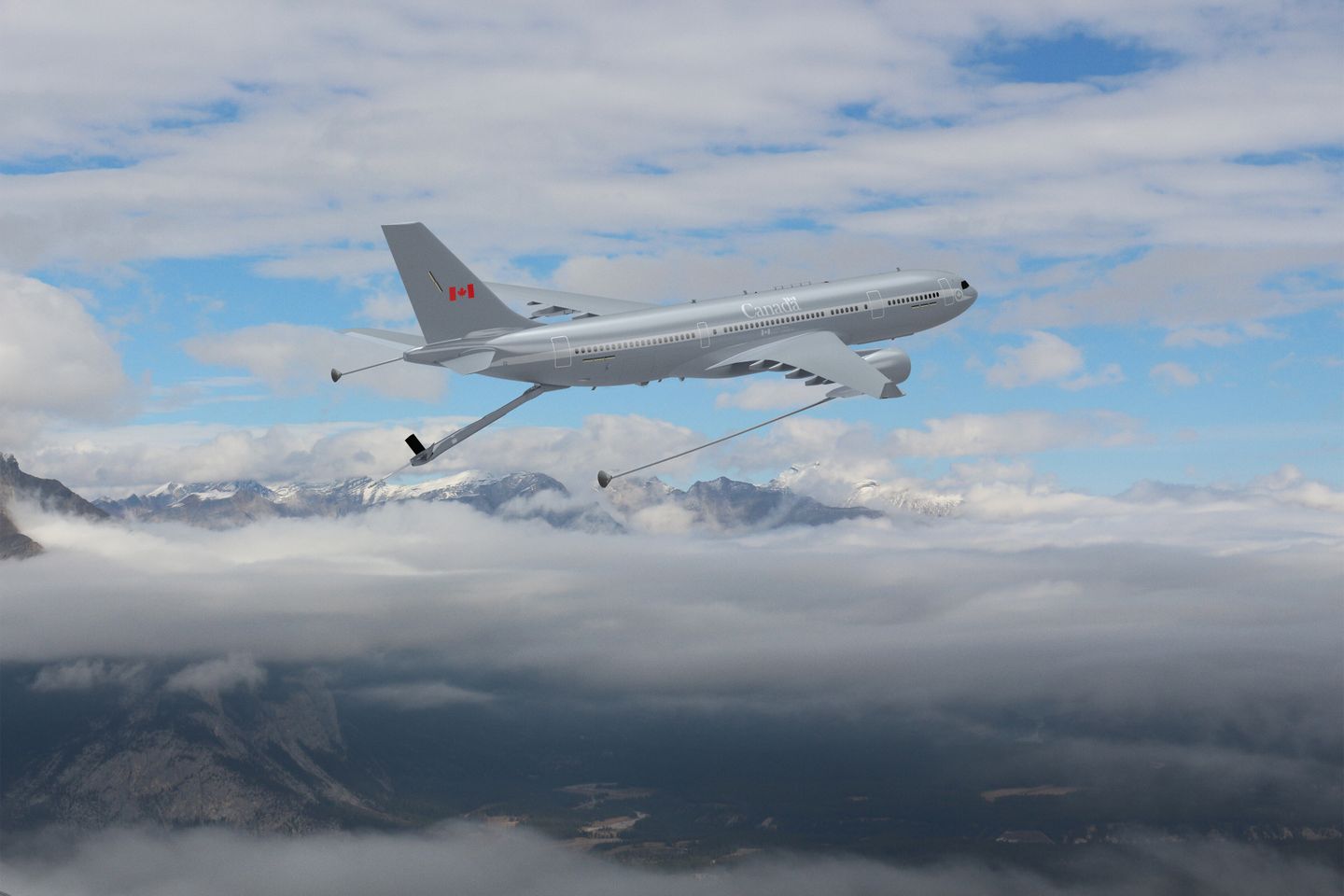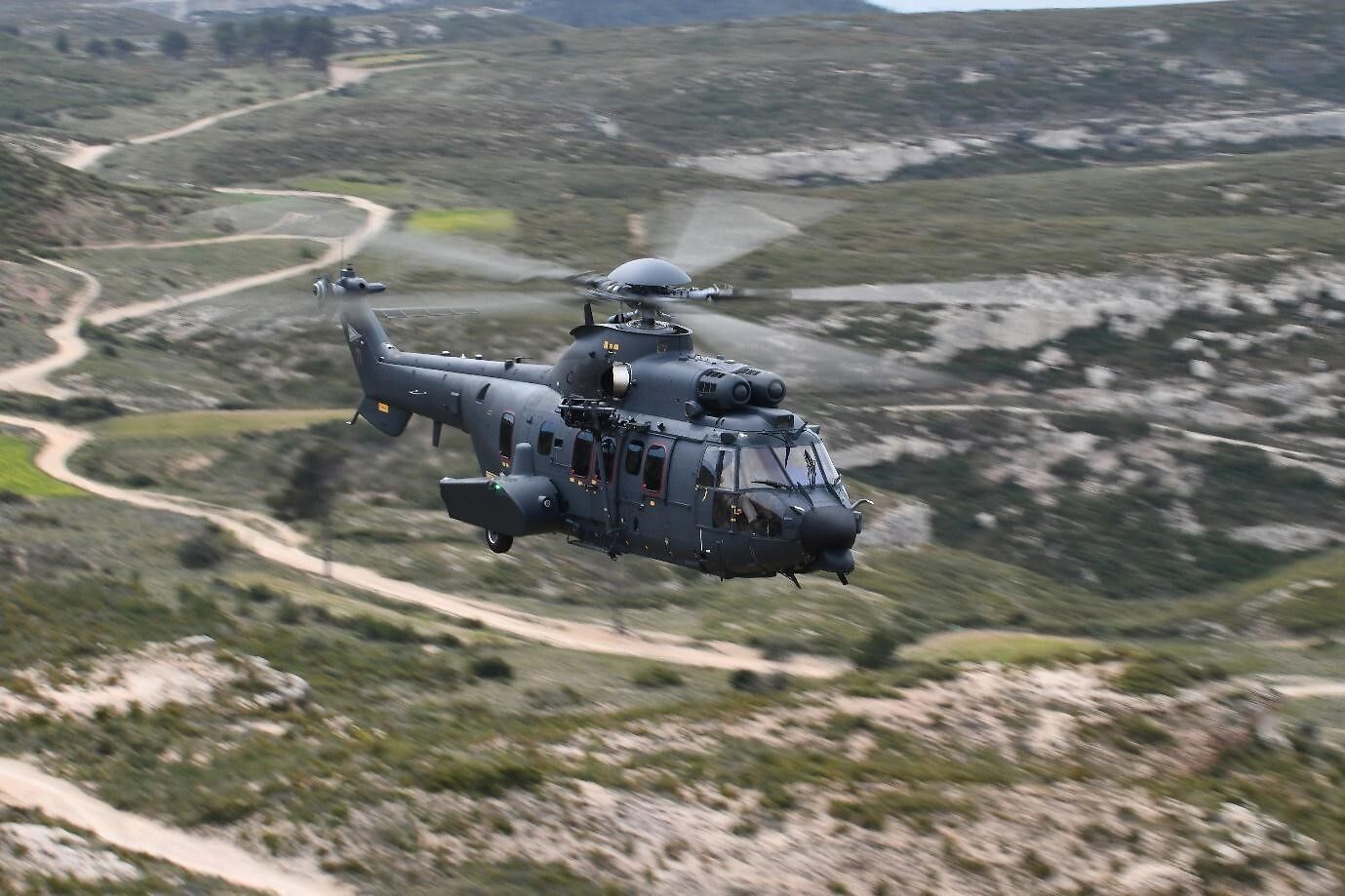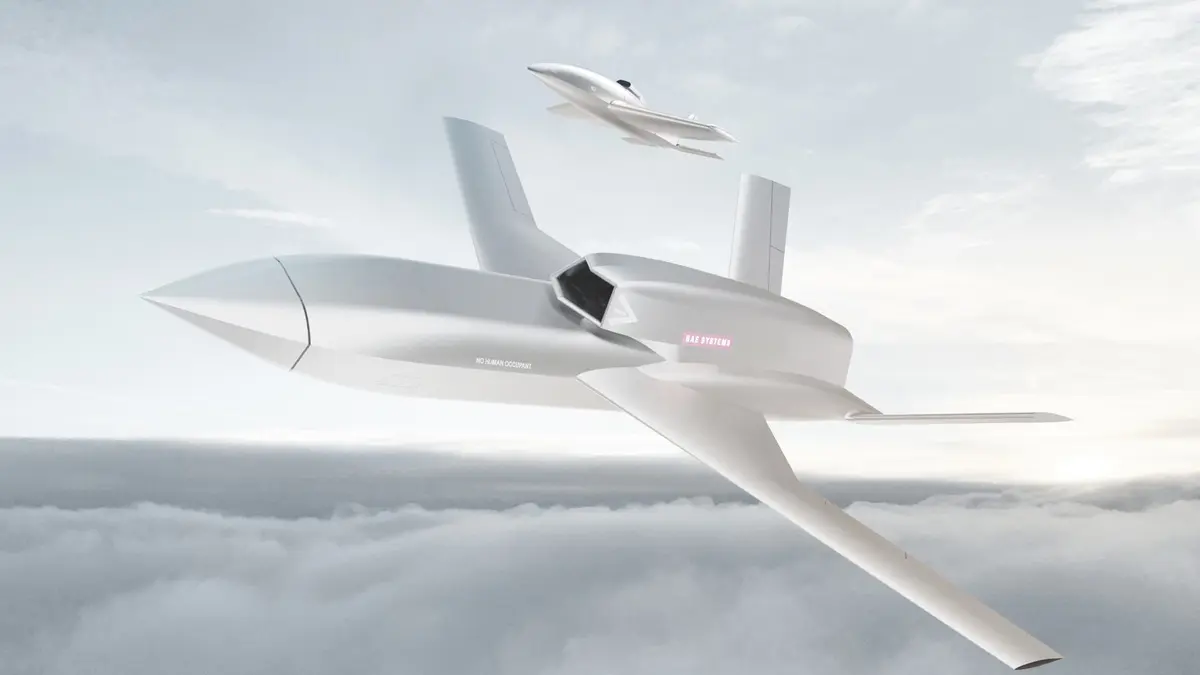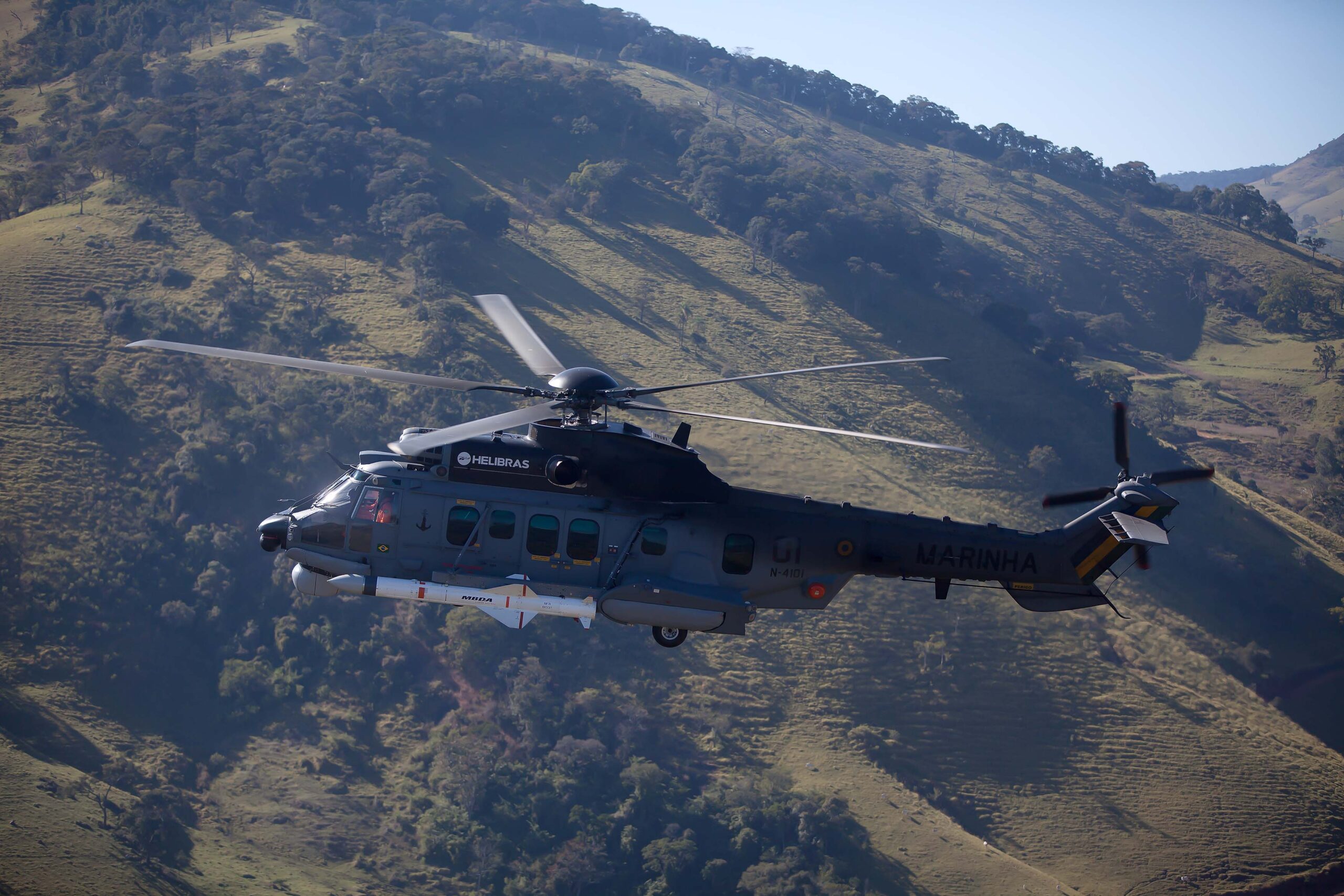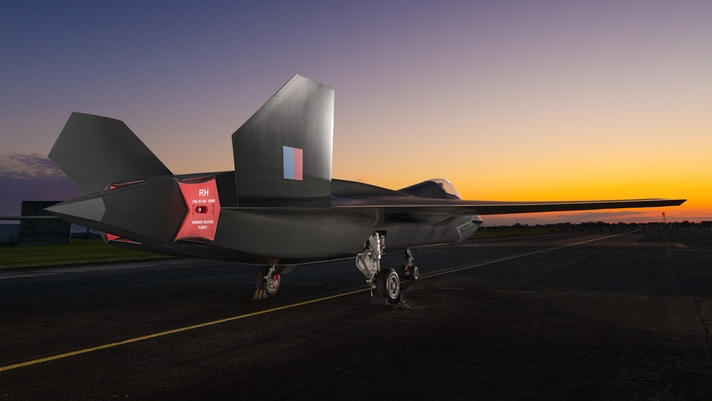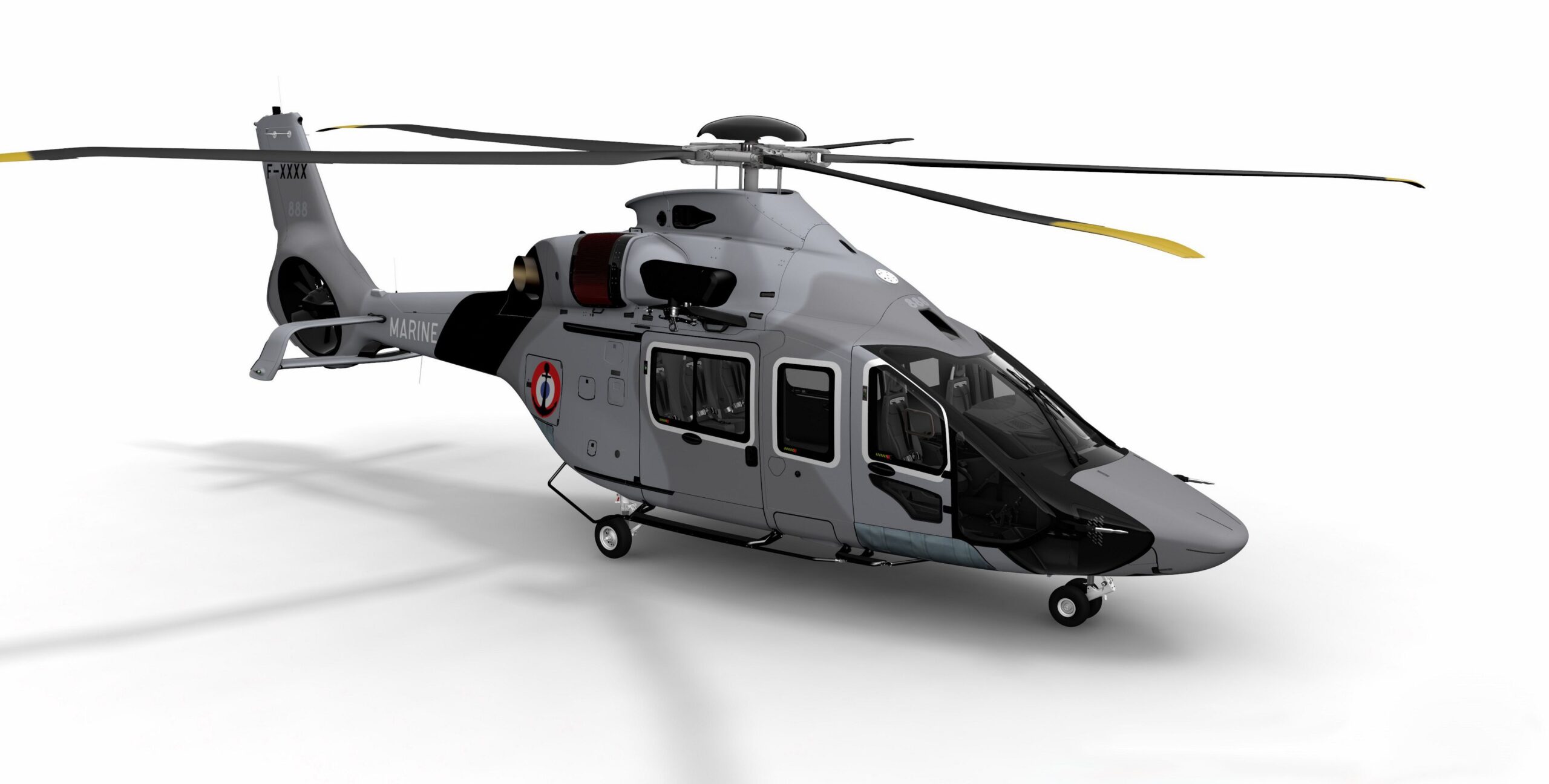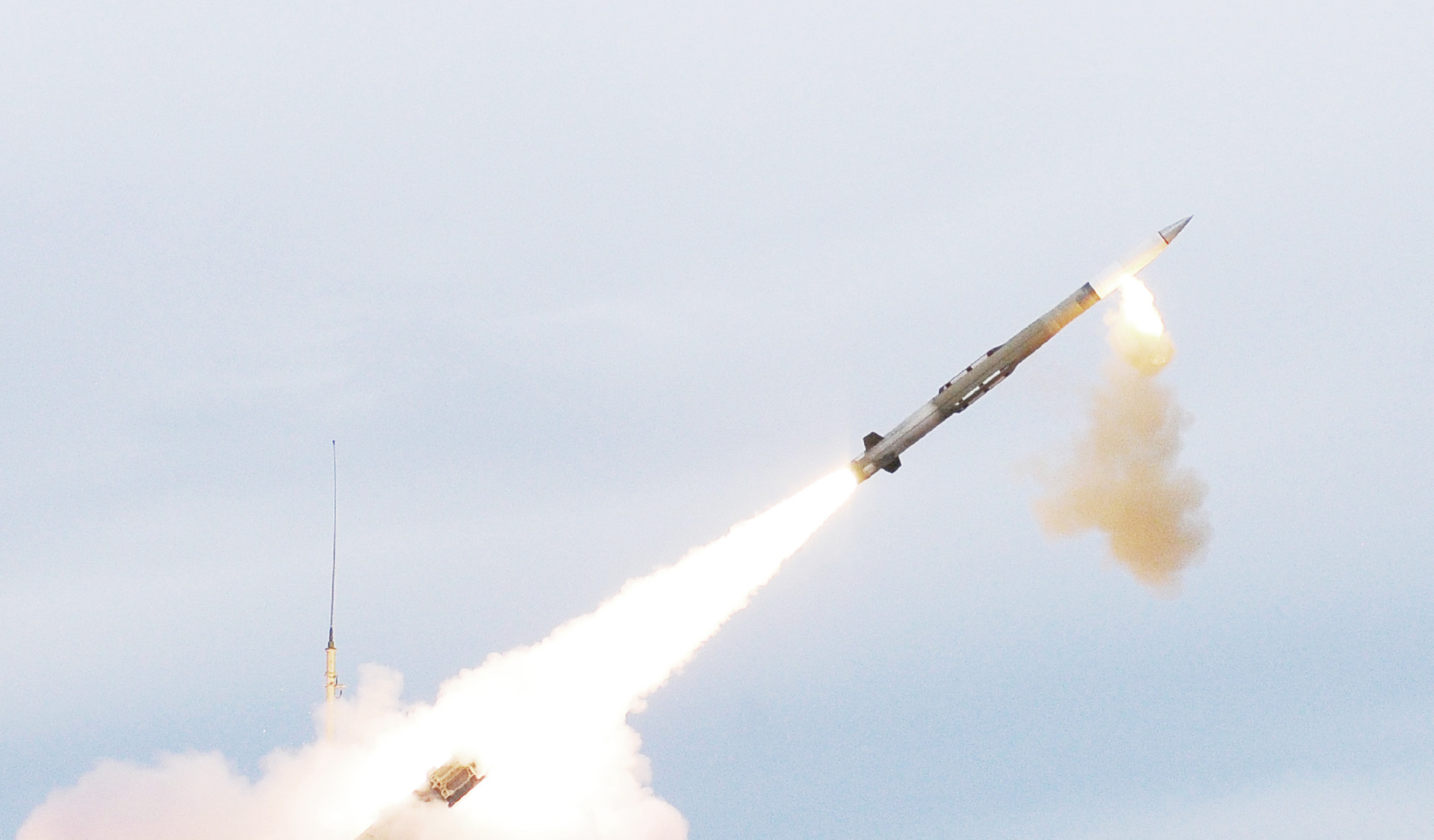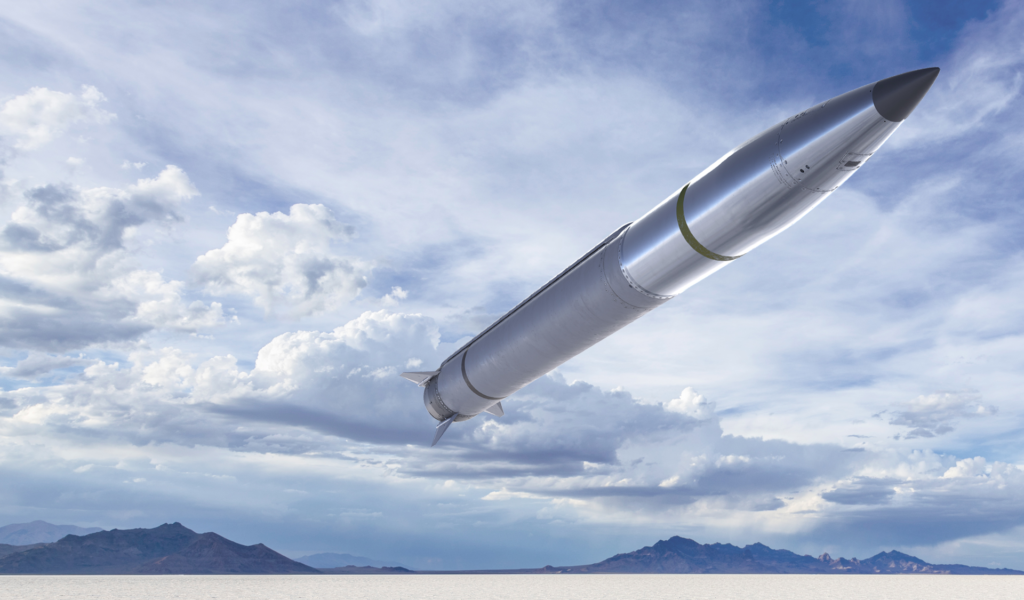Getafe, Spain – 23 October 2023 – Airbus Group SE (Paris: AIR) Defence and Space has signed two contracts valued at 1.2 billion euros in total with France’s Direction generale de l’armement (DGA) and Direction de la Maintenance Aeronautique (DMAe) for the Capability Enhancement and the In-Service Support of the French A330 MRTT’s (Multi Role Tanker Transport) fleet.
Standard 2 contract: Stepping stone of the Multi Role Tanker Transport of the future
The Standard 2 contract provides for the capability extension of the French MRTTs, focused on connectivity as a key pillar and also self-protection capabilities. With the aim of being connected in all circumstances, including jammed environments and extreme weather conditions, the aircraft will be equipped with the MELISSA satcom station.
These new capabilities will convert the French A330 MRTT into a high bandwidth communication relay node, with command and control capabilities, and will build the stepping stone of the A330 MRTT’s integration into the future air combat cloud within the FCAS.
10 years In-service support
The second contract covers the In-Service Support of the ‘Phénix’ fleet for 10 years, plus two optional years, at the Istres Air Base, southern France, home to the 31st Strategic Air Refuelling and Transport Wing. Airbus, as the prime contractor, together with its preferred partners in France, will be responsible for fleet modernisation, maintenance, logistics and technical support to ensure the aircraft’s operational availability. The local Airbus team in France will be doubled to support these activities.
